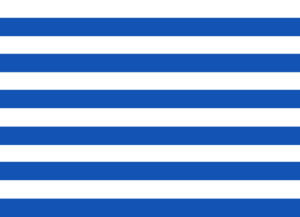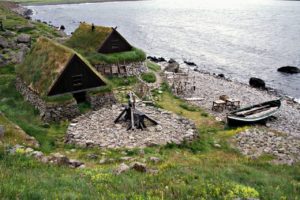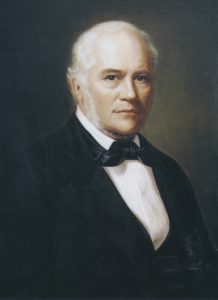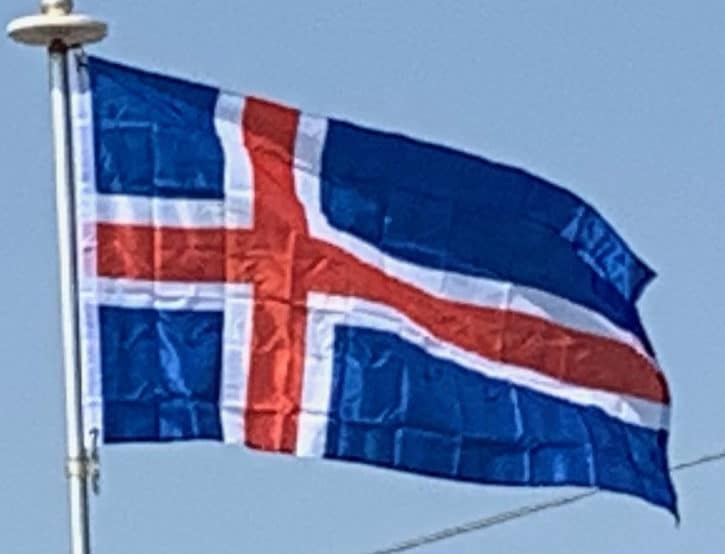
Infertile soil, volcanic eruptions, deforestation and an unforgiving climate made for harsh life in a society where subsistence depended almost entirely on agriculture. The Black Death swept Iceland twice, first in 1402–1404 and again in 1494–1495. The former outbreak killed 50% to 60% of the population, and the latter 30% to 50%.
Reformation and the Early Modern Period:
Around the middle of the 16th century, as part of the Protestant Reformation, King Christian III of Denmark began to impose Lutheranism on all his subjects. Jón Arason, the last Catholic bishop of Hólar, was beheaded in 1550 along with two of his sons. The country subsequently became officially Lutheran and Lutheranism has since remained the dominant religion.

In the 17th and 18th centuries, Denmark imposed harsh trade restrictions on Iceland. Natural disasters, including volcanic eruption and disease, contributed to a decreasing population. Pirates from several countries, including the Barbary Coast, raided Iceland’s coastal settlements and abducted people into slavery. A great smallpox epidemic in the 18th century killed around a third of the population. In 1783 the Laki volcano erupted, with devastating effects. In the years following the eruption, known as the Mist Hardships (Icelandic: Móðuharðindin), over half of all livestock in the country died. Around a quarter of the population starved to death in the ensuing famine.
1814–1918 – Independence Movement:
In 1814, following the Napoleonic Wars, Denmark-Norway was broken up into two separate kingdoms via the Treaty of Kiel but Iceland remained a Danish dependency. Throughout the 19th century, the country’s climate continued to grow colder, resulting in mass emigration to the New World, particularly to the region of Gimli, Manitoba in Canada, which was sometimes referred to as New Iceland. About 15,000 people emigrated, out of a total population of 70,000.

A national consciousness arose in the first half of the 19th century, inspired by romantic and nationalist ideas from mainland Europe. An Icelandic independence movement took shape in the 1850s under the leadership of Jón Sigurðsson, based on the burgeoning Icelandic nationalism inspired by the Fjölnismenn and other Danish-educated Icelandic intellectuals. In 1874, Denmark granted Iceland a constitution and limited home rule. This was expanded in 1904, and Hannes Hafstein served as the first Minister for Iceland in the Danish cabinet.
1918–1944 – Independence and the Kingdom of Iceland:
The Danish–Icelandic Act of Union, an agreement with Denmark signed on 1 December 1918 and valid for 25 years, recognized Iceland as a fully sovereign and independent state in a personal union with Denmark. The Government of Iceland established an embassy in Copenhagen and requested that Denmark carry out on its behalf certain defense and foreign affairs matters, subject to consultation with the Althing. Danish embassies around the world displayed two coats of arms and two flags: those of the Kingdom of Denmark and those of the Kingdom of Iceland. Iceland’s legal position became comparable to those of countries belonging to the Commonwealth of Nations such as Canada whose sovereign is Queen Elizabeth II.
